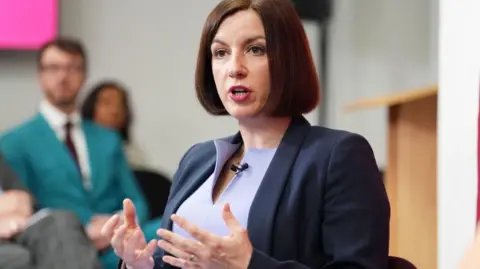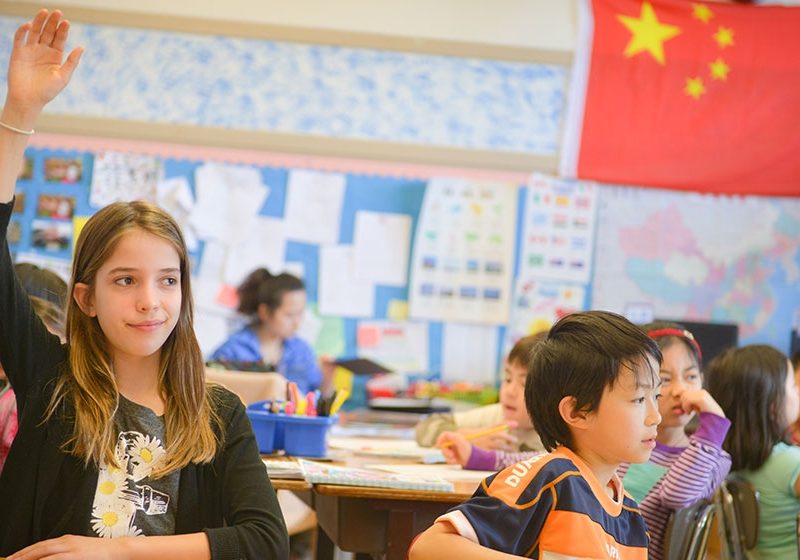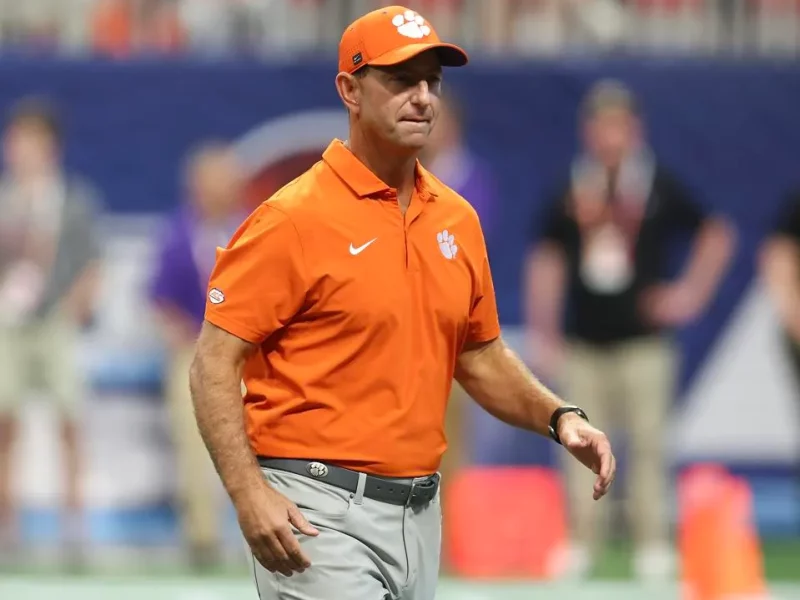Former Home Secretary David Blunkett has sparked debate by claiming that scrapping the child benefit cap could lead families to have more children. His comments come amid growing pressure on the government to reconsider the two-child limit on child benefit, a policy introduced in 2017 as part of welfare reforms.
Blunkett, a long-serving Labour figure, argues that removing the cap might create unintended incentives and raise difficult questions about how public funds are used.
What Is the Child Benefit Cap?
The child benefit cap—also known as the two-child limit—restricts parents from receiving child tax credits or Universal Credit for more than two children, unless specific exemptions apply. The measure was designed to encourage financial responsibility and reduce welfare dependency, according to its proponents.
However, critics argue that the policy unfairly targets low-income families and disproportionately affects children. Several charities and think tanks have called for the cap to be lifted, citing its role in deepening child poverty.
Blunkett’s Perspective
Blunkett’s central argument is not about demonising large families but about questioning the long-term impact of removing a financial cap. He believes that ending the policy without a clear strategy could “send the wrong message” and potentially increase birth rates among families already struggling to make ends meet.
“Scrapping the child benefit cap will only inspire families to have more children,” he said. “We need to be responsible about how we support people, without creating perverse incentives.”
His comments echo concerns from other centrist politicians who are wary of policies that could be interpreted as open-ended welfare expansion without accountability.
The Counterpoint: Child Poverty and Fairness
Campaigners argue that the real issue isn’t incentive but necessity. Many families affected by the cap already had more than two children when the rule was introduced. The result, they say, is a rise in hardship rather than a drop in family size.
Research from the Child Poverty Action Group indicates that the two-child limit has pushed over 400,000 children into poverty. From this perspective, the benefit cap is seen as punishing children for the circumstances of their birth.
Where the Debate Goes From Here
With the general election looming and cost-of-living pressures mounting, welfare policy is under a microscope. Blunkett’s remarks may resonate with voters concerned about fiscal responsibility, but they’re unlikely to end the conversation.
The real question is whether the government—and opposition—can strike a balance between controlling public spending and supporting families in need.



